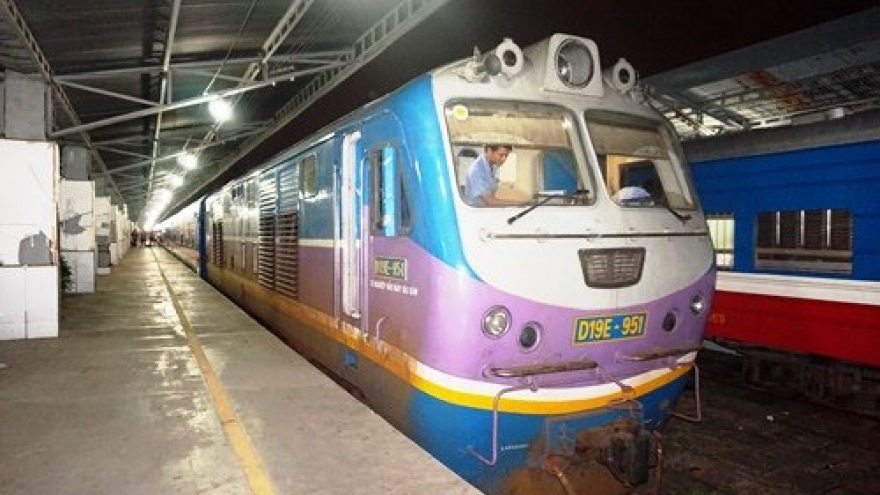Railway sector strives to compete with airlines
With a small transport market share, the railway sector does not have money to upgrade infrastructure, locomotives and wagons. With poor infrastructure and facilities, it cannot attract many passengers.
 |
Regarding transport market share, a report shows that railways account for 3.2% of passenger market share and 1.9% of cargo market share.
Deputy PM Trinh Dinh Dung, after a fact-finding trip to Hanoi and Giap Bat Stations, came to the conclusion that the problem is the lack of investment capital for infrastructure development.
It is difficult to allocate state capital for railway infrastructure with a tight budget, or call for investment from non-state sources.
An analyst said it is possible to call for private investments to upgrade trains, locomotives and wagons, but the investments may not be worth it in such poor infrastructure conditions.
Vietnam’s national railway is single-track with total length of 2,609 kilometers of backbone. There are two sizes of railway, 1000mm and 1435mm. The average travel speed is 50 kilometers per hour for passenger train and 25 kilometers for cargo train.
In the last 10 years, only 5.6 kilometers of Ha Long – Cai Lan railway and Cai Lan Station have been built.
The State every year has to spend VND1.4 trillion on the infrastructure maintenance, while the receipts from the infrastructure use (8% of transport revenue, about VND400 billion), and from leasing infrastructure items (storehouse, ground and premises, about VND6 billion) just can cover 21-24% of the total money needed for the work.
Officials reports showed that the capital allocated to implement the maintenance work just satisfy 38.6% of the demand, which explains why passengers complain about the service quality.
The investment capital allocated to develop railway infrastructure in 2005-2014 was VND23.504 trillion, or VND2.612 trillion a year, which only accounted for 10.3% of the total investment capital allocated to the entire transport sector.
The low service quality makes it less competitive than other means of transport.
High income residents would rather travel by air with airfare that is competitive thanks to the state’s high investment in the aviation sector and development of air carriers – Vietnam Airlines, Jetstar Pacific, Vasco and Vietjet.
Meanwhile, travelers would choose coach for short-distance trips. Private run transport firms nowadays are very competitive with large-scale marketing campaigns and high-quality services.
The monopoly of the Vietnam Railway Corporation in the last many years has been blamed on the under-developed railway services. However, analysts believe that even if the monopoly is eliminated, the problem will still not be settled if the government does not pour capital into infrastructure.


